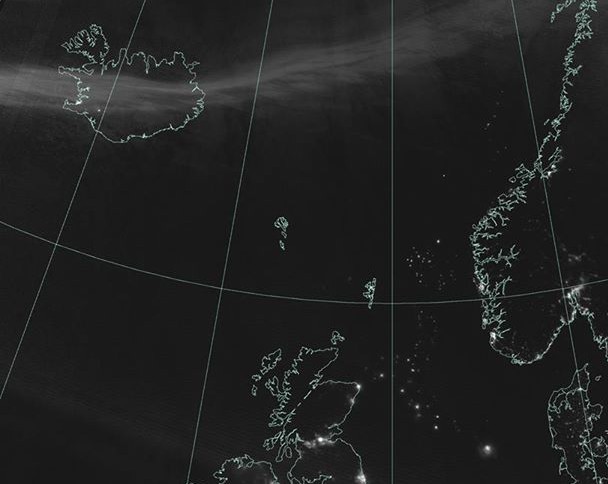Scotland has boldly gone into space with the first rocket to leave the Earth’s atmosphere from UK soil fired from a missile range in Outer Hebrides.
It happened in October during an international military exercise in the Atlantic.
The aim of At Sea Demonstration 15 was to test the ability of warships to defend themselves against incoming missiles.
One of the those incoming target missiles was an American Terrier-Orion two-stage rocket which was launched from the Hebrides missile range in the Uists.
Playing the part of a ballistic missile, it soared high over the North Atlantic, so becoming the first space vehicle to lift-off from UK soil and leave the Earth’s atmosphere.
Until now every UK space shot has had to go abroad to be launched.
It was an exercise which achieved several firsts in military technology.
But the Terrier-Orion will never appear in a museum because it was blown to bits over the Atlantic by the US Navy’s guided missile destroyer USS Ross.
“Nine member nations of the Maritime Theater Missile Defense Forum, under the auspices of the U.S. Missile Defense Agency, successfully conducted the simultaneous engagement of a ballistic missile in space and an anti-ship cruise missile target, the first demonstration of this capability in the European theatre,” Commander of U.S. Naval Forces Europe-Africa Adm. Mark Ferguson said in a statement.
“The execution of the live-fire exercise is a clear demonstration of the forum’s ability to safely conduct effective coalition sea-based defence against simultaneous anti-ship and ballistic missile threats within an operational scenario.”
During the demonstration, the nine countries had to defend against simultaneous anti-ship and ballistic missile threats originating from multiple locations.
Vice Admiral James Foggo, commander of U.S. 6th Fleet, said the test demonstrated a cooperative approach to ballistic missile defence in the theatre.
“That is a big missile and a highly, technically complex weapons system,” he said . “(The test) was in my estimation a wonderful thing for us to be able to demonstrate for our allies and partners.”
For Dr Malcolm Macdonald, of Strathclyde University and director of the Scottish Centre of Excellence in Satellite Applications, the milestone has brought particular pleasure, not least that it was launched from the Hebrides Range.
“Probably the least-heralded event of 2015 is that an object was sent into space from the UK,” he says.
“Also, that’s where my family croft was, according to our family history.
“It’d be great to see some real spacecraft going up into orbit from Scotland.”
That may happen next. The news emerged as six sites are vying to become the UK’s first commercial spaceport, four of them in Scotland.
And a feasibility study is under way for a commercial vertical launch facility near Tongue in Sutherland.
